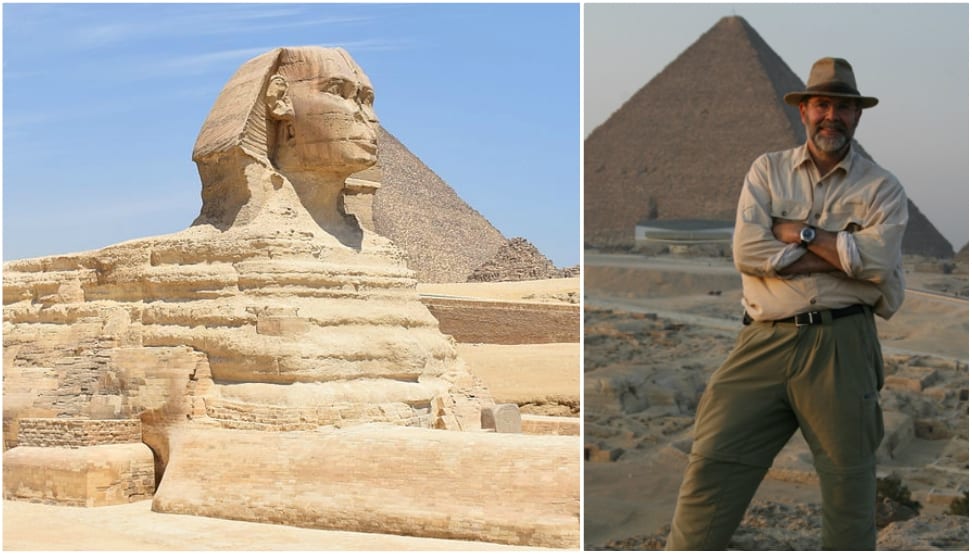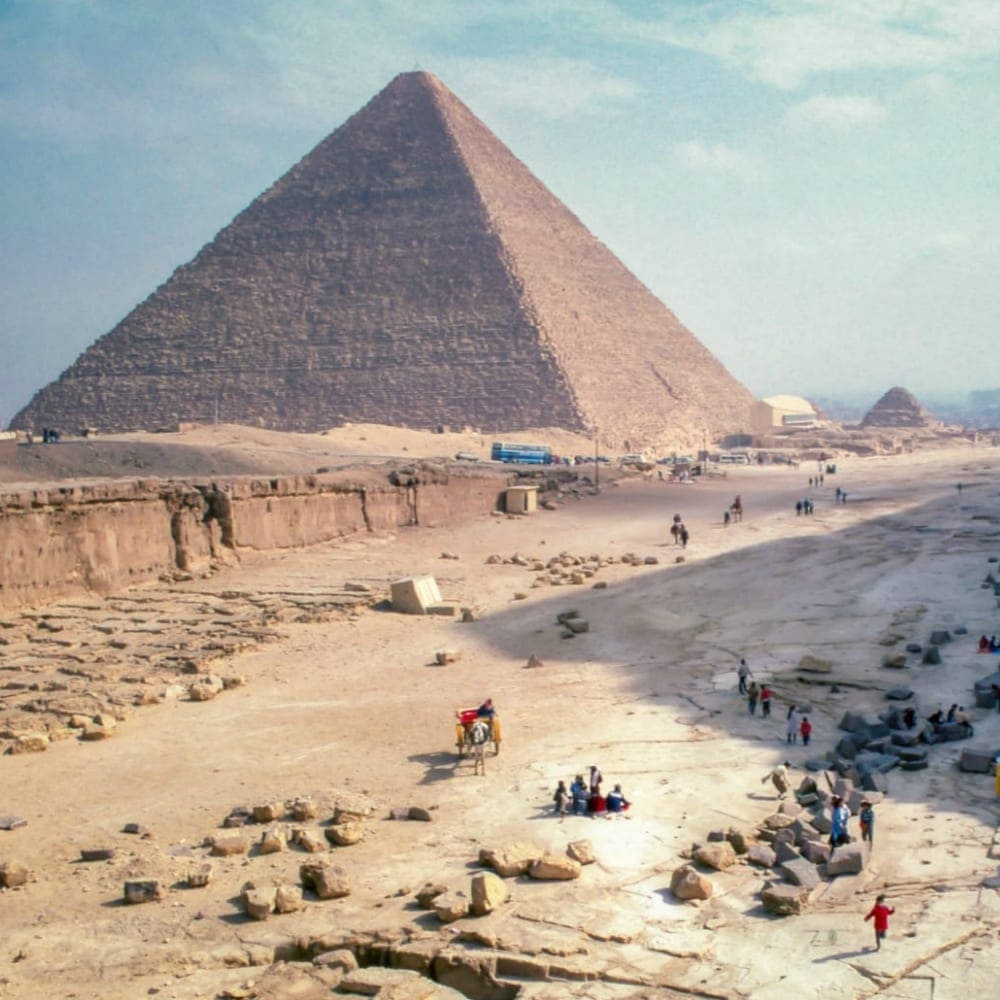
Mysterious Complex
There is no doubt that the Pyramids of Giza are the most iconic pyramids on the planet, nevermind in Egypt. These majestic, ancient structures are located about eight miles away from Cairo, the country’s capital. However, it’s not just pyramids that make up this iconic region of the world. They are also accompanied by the Great Sphinx, as well as a cluster of cemeteries and even a village. However, that’s just scratching the surface of this mysterious complex…

Unlocking The Pyramid Diagonal
Probably the most puzzling conundrum that has left Egyptologists stumped for so long is how the Egyptians managed to perfectly align the pyramids the way they did. It is known as The Pyramid Diagonal. The pyramids line up in a way that each pyramid’s southeastern corner can be connected by a diagonal line. That’s not all though. That line carries on all the way to the Temple of Heliopolis, which is on the other side of the River Nile!

This Man Has The Answer?
One archeologist by the name of Glen Dash believes that he has finally unlocked the secret behind the Pyramid Diagonal. With so much experience in archeology and all things Egypt, it seems like Dash’s breakthroughs might be worth trusting. Dash is based in Connecticut and has worked as an archeologist for nearly half a century. In 1996, Dash established the Glen Dash Foundation of Archaeological Research. Also, he has spent a lot of time in Giza.

Years Of Study Paid Off?
After years of intense research and hard work, Glen Dash believes that he knows what the Egyptians did to achieve such a perfect alignment between the three Pyramids. Building up to his discovery, Dash looked at all the techniques that this ancient civilization may have used to construct the Pyramid Diagonal. After a process of elimination, all of the studies that Dash carried out ultimately led him to the same conclusion. He believes he knows the exact method they used all those years ago…

Previous Theories
Of course, the archeologist in question isn’t the only person to devise a convincing theory about how the Egyptian’s Pyramids were so well aligned. In 2000, Cambridge University’s Kate Spence published an article through the Nature journal with her own theory. According to Spence, the Egyptians built the Pyramids of Giza on a north-south axis. The builders created this axis using the stars Mizar and Kochab. However, there is one other theory that has been even more popular over the years…
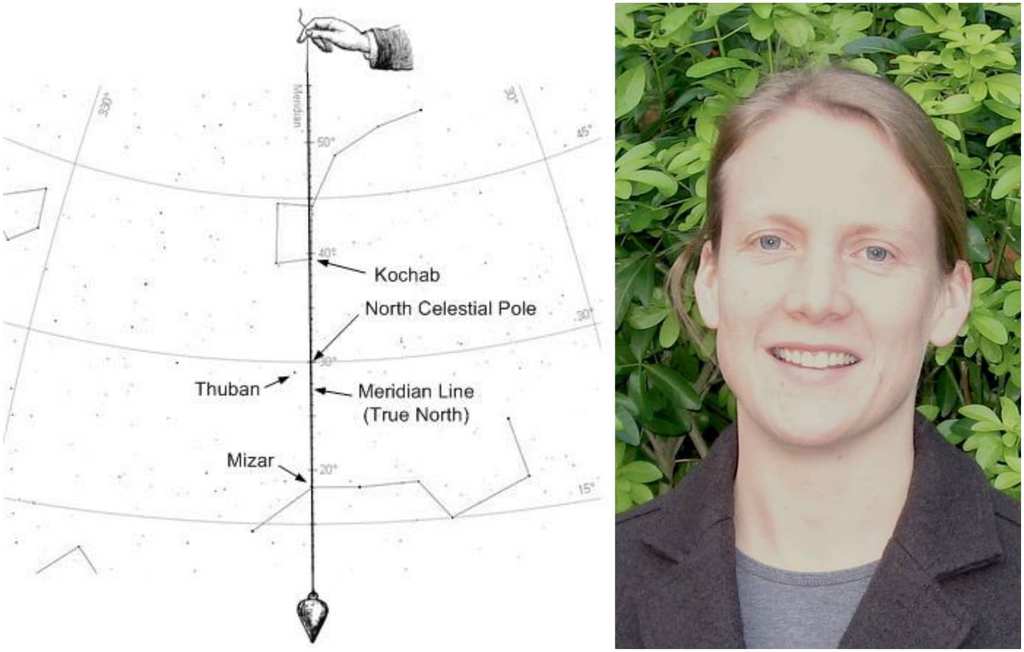
The Pyramids Align With Orion’s Belt?
One of the most prevalent theories in Egyptology is that there is a direct correlation between the positioning of each Giza pyramid and the three stars that make up Orion’s Belt. This is due to the idea that these stars were heavily linked to the Egyptian deity Osiris, the god of rebirth and afterlife. Although many have debated over the years the validity of this theory, Glen Dash seems to have settled the debate once and for all…
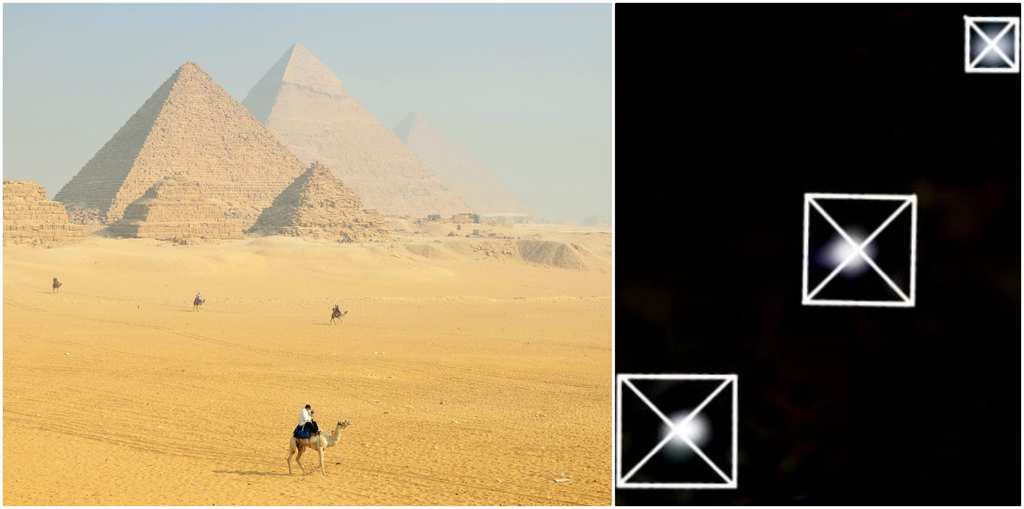
Purpose Of The Pyramids
In order to get to the bottom of this age-long mystery, archeologists are required to know what the ultimate purpose was of the Pyramids. It is widely believed that these structures are about 4,500 years old and Ancient Egyptian civilization built them in order to provide elaborate tombs for their pharaohs. That’s not all though. The pyramids were also where their mummified remains once lay, as well as the afterlife tools. But where exactly are those remains now?
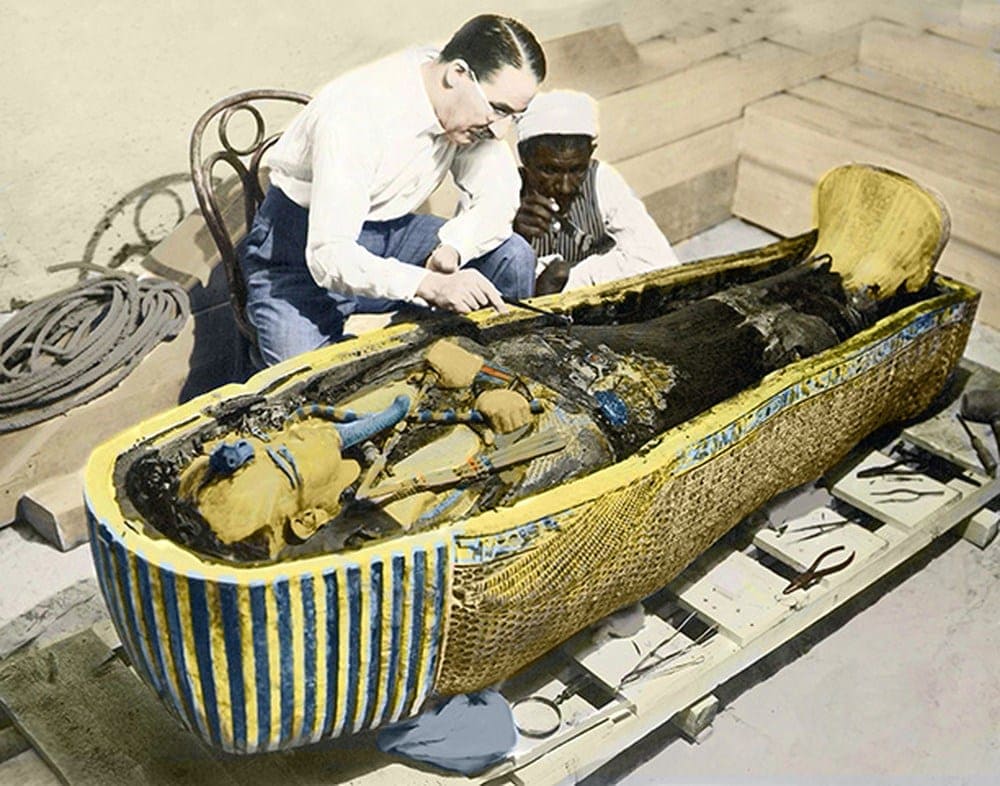
Stolen?
Although mummies can be found in a number of museums around the world, the mummy remains of the Pyramids of Giza have remained something of a mystery over the years. It is believed that the vast majority of the remains and treasures were stolen by looters not too long after many pharaohs were buried in the tombs. The pyramids became a prime location for looters. As a result, the Egyptians chose to bury later pharaohs such as Tutankhamen in the Valley of the Kings.

The Pyramids By Numbers
It is important to break down the Pyramids in terms of their numbers in order to understand the full extent of their sheer grandeur. Firstly, there was the Great Pyramid of Khufu, which, although standing at 455 ft now, was 481 ft when first constructed. The Pyramid of Khafre stands southwest of Khufu, which is 448 ft tall. Then, southwest of Khafre stands the pyramid of Menkaure, which is the smallest, standing at 204 ft. It was originally 215 ft tall.
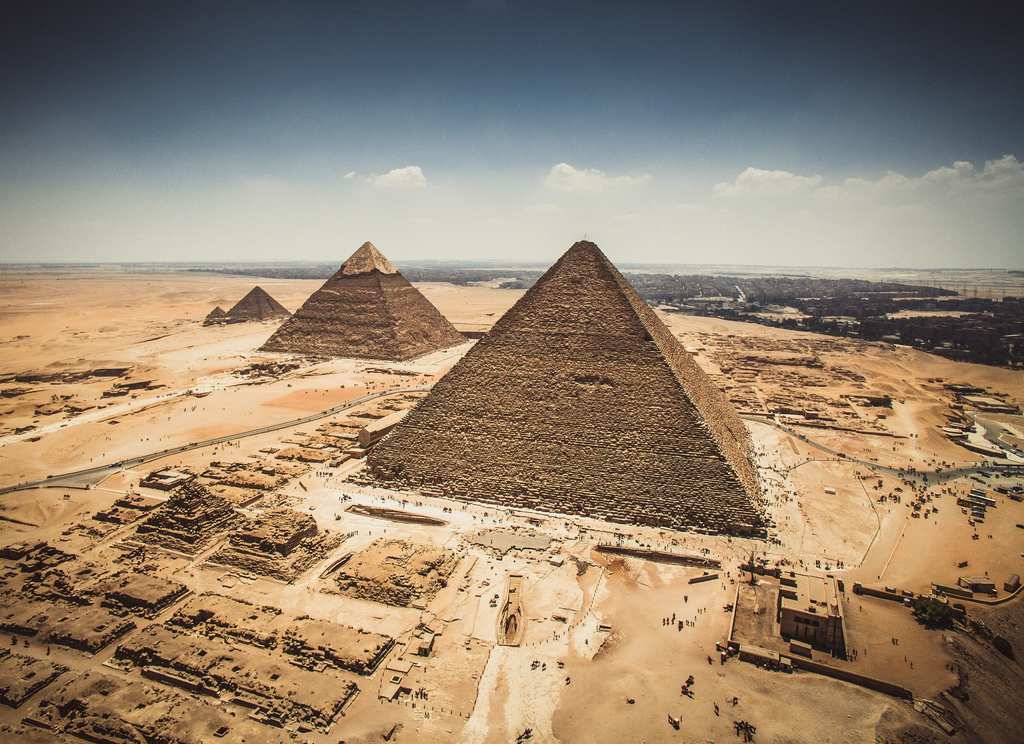
Slaves Did Not Build The Pyramids?
It makes a lot of sense that a complex of structures as ancient as the Pyramids of Giza would be the source of much debate over the last few millenniums. One of the longstanding opinions that most people have agreed on is that the Egyptians used slaves to build the Pyramids. However, that theory has since been opposed in recent times, with some researchers believing that people were paid to construct them. In fact, there is evidence back this up…

How Did They Transport The Blocks?
Another aspect of the Pyramids’ construction that has been heavily debated over the years is exactly how the Egyptians transported such large stone blocks to the site at which these structures were built. Physicists from the University of Amsterdam speculated that the Egyptians dampened the sand and carried the blocks on a large sled. However, others are more skeptical about this theory and refuse to join the bandwagon just yet. As of yet, there still isn’t a unanimous consensus on this matter.
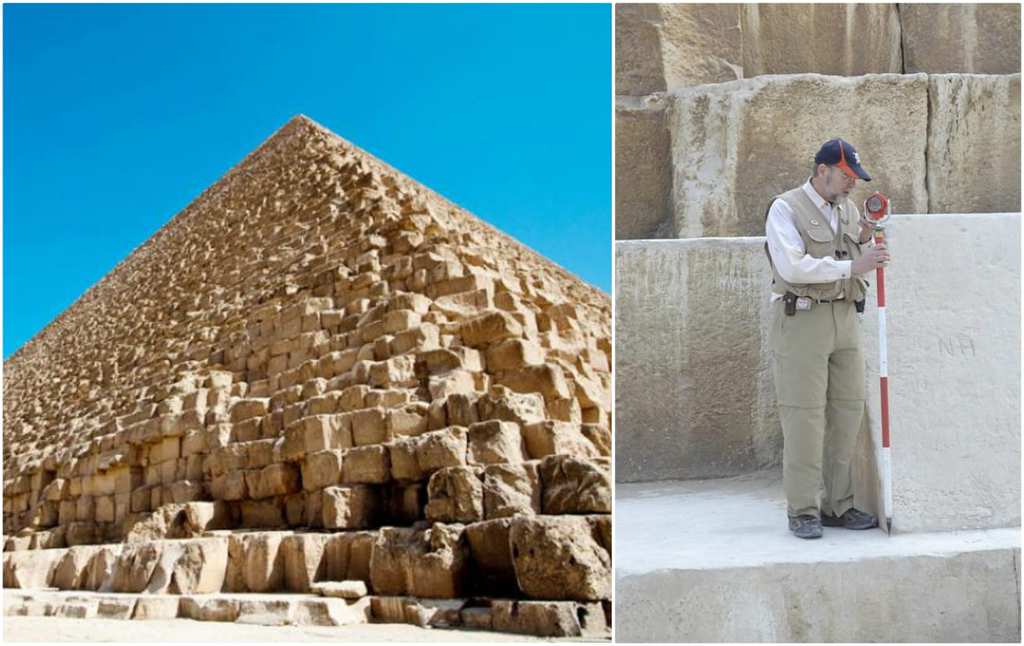
Architects Were Ahead Of Their Time
One topic that Egyptologists have spent years debating about in regards to the construction of the Pyramids is related to the measurements. How exactly did the Egyptian architects meticulously measure their constructions before putting them together? Many researchers have theorized that they may have used mathematical methods to put the Pyramids to “paper.” These methods include Pythagoras’s Theorem, the golden ratio, and even Pi. Nevertheless, there has been no clear answer as to how the Egyptians achieved this exactly. Until now.

Indian Circle Method
According to Dash, the method that the Egyptians used to create the Pyramid Diagonal was one called the Indian Circle Method. This particular method has actually been around for thousands of years. However, it seems out of place that the Egyptians would use a method with Indian roots. Nevertheless, this is Dash’s theory. The Indian Circle Method goes by this name due to the fact that it can be traced back to a text that was found in India between 400 and 300 BC.
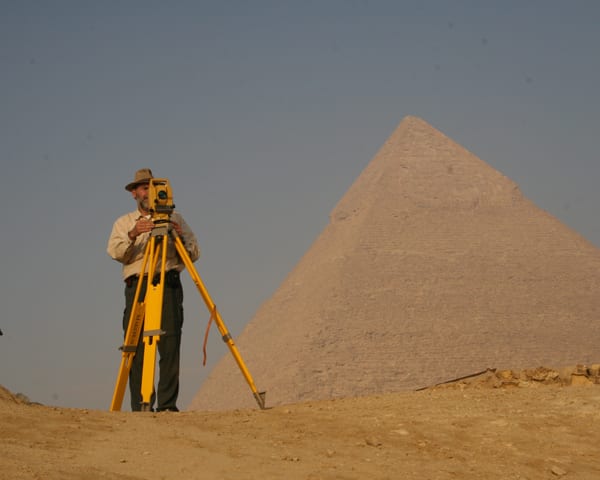
Where Did It Come From?
Ultimately, it is possible that the Indian Circle Method eventually made its way into northern Africa, into the hands of the Ancient Egyptians. It is believed that it was once Indian’s Harappan civilization who first performed the method. Moreover, archeologists also speculate that even older Indian communities used the method. Dash’s theory includes the notion that travelers brought this method west of India and eventually into Egypt. But what exactly is the Indian Circle Method and how does it work?
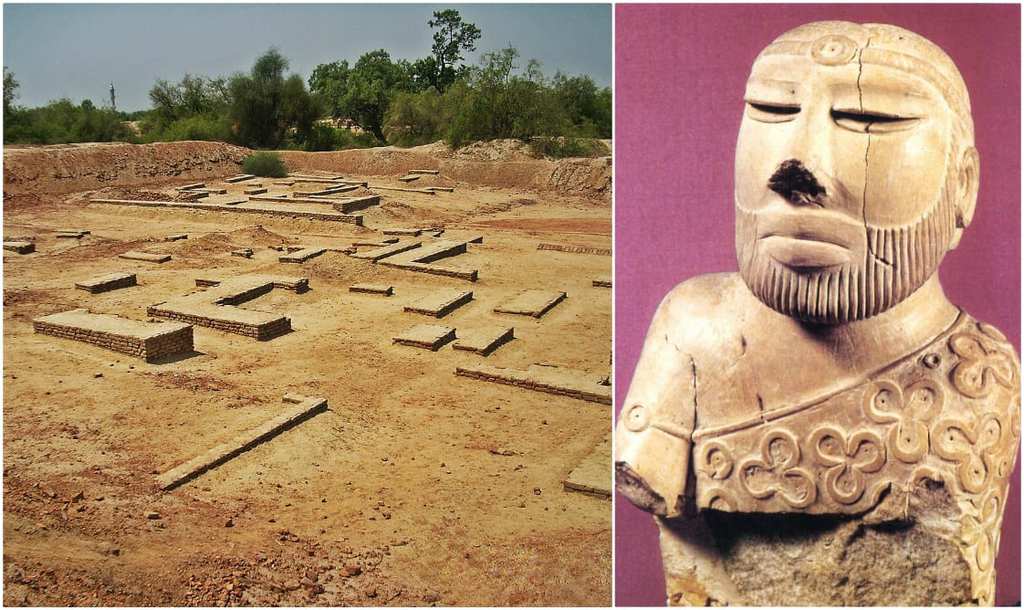
How Does It Work?
The Indian Circle Method involves a gnomon, which is a traditional wooden rod, and some string. The user takes the rod and places upright when the sun is out. As a sun “moves,” the shadow of the rod also changes position. The user then marks the shadow’s progress every half an hour and once the day is over, they draw a line through the half-hour marks on the ground. However, there is one more step to this method…
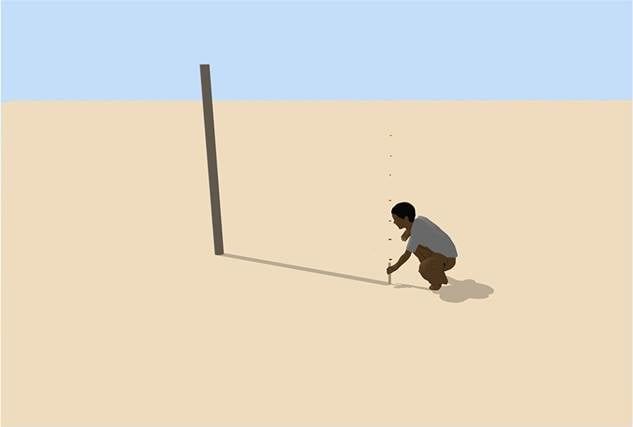
Creating The Diagonal
After the user draws the shadow line on the group, one ties the string around the gnomon. After pulling the string around the gnomon multiple times, it moves across two positions on the line. The user then draws a straight line between the point and the result of this creates an east-to-west diagonal. The end result ultimately suggests that this is the method that the Egyptians used to create the Pyramid Diagonal. But how did Dash come to this conclusion?
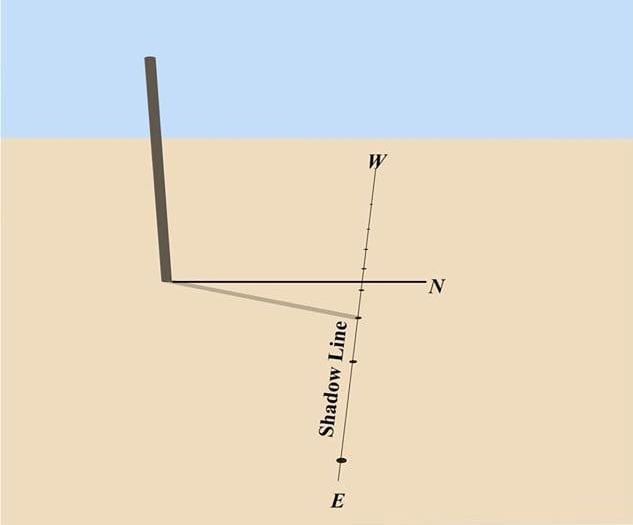
Autumn Equinox Experiment
In order to further understand this method, Dash tried adapting the method to the autumn equinox. This made sense seeing that the curve of the shadow line changes according to the position of the sun. During the equinox, the shadow line is practically straight. As the marks created automatically align from east to west, Dash came to a conclusion that the string often used in the Indian Circle Method would not be required during the autumn equinox.

Did He Finally Solve This Mystery?
Although many have spent their entire lives studying these wonders of the world, the Pyramids still have many mysteries to be solved. However, it seems that one archeologist is on the verge of a massive breakthrough…
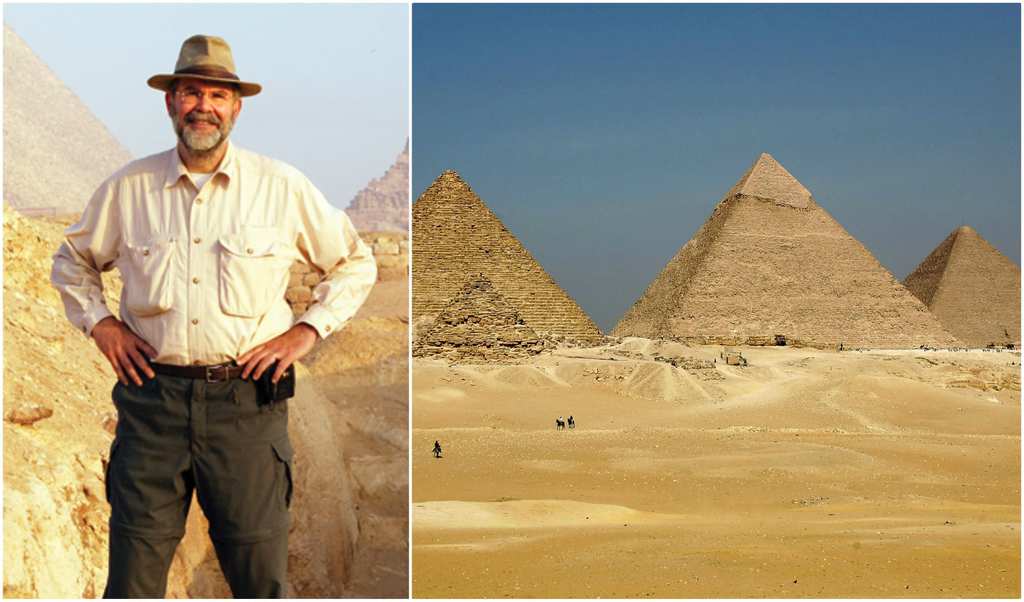
Egyptains Needed Larger Scale
Of course, a number of factors determine the length of the shadow line; most notably, the gnomon used, as well as the platform. “To lay in a baseline for a pyramid, the Egyptians would have had to extend the line formed by these two points for hundreds of meters with little error,” Dash said in The Journal of Egyptian Architecture. Ultimately, the Egyptians needed to work on a much larger scale in order to reach their goals.
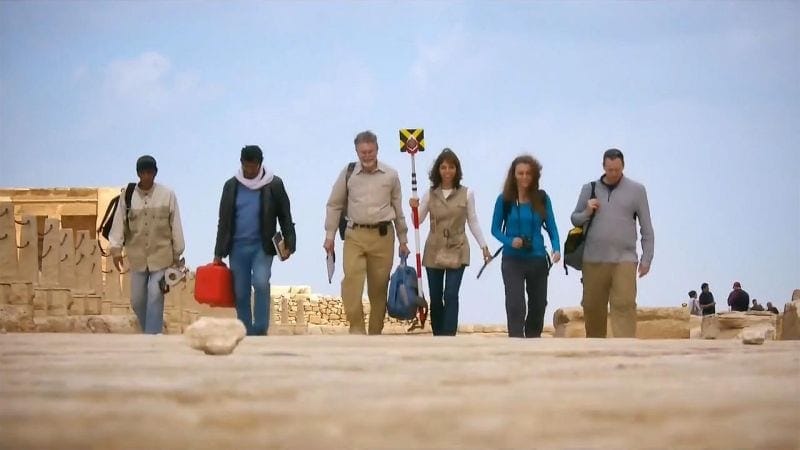
Dash’s Reconstruction
According to Dash, there were a number of methods that the builders may have used in order to make the east-west shadow line much longer. The obvious change was to use a longer “gnomon” and a larger platform. Dash decided to reconstruct the method back in Connecticut, creating a platform of his own. With a gnomon that was 2.7 feet tall and a base that stretched 3 ft by 20 ft, Dash ended up with a shadow line that was 16 feet long.
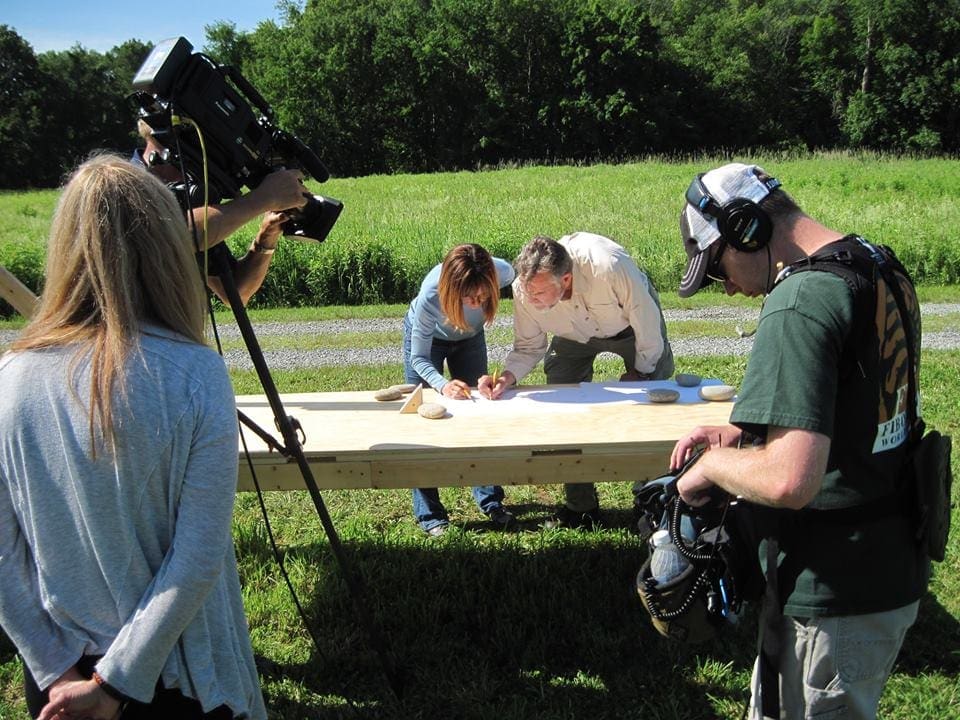
Egyptians Were Bigger & Better
In light of his experiment in Connecticut, Dash came to the conclusion that the Ancient Egyptians would have been able to construct a much larger platform for their own Indian Circle Method. “The platform around the Great Pyramid is leveled to within a few centimeters over its entire 920-meter periphery,” he said. After creating a much larger base for their method, the Egyptians also had the tools and resources to create an equally taller gnomon, which also meant a longer line.
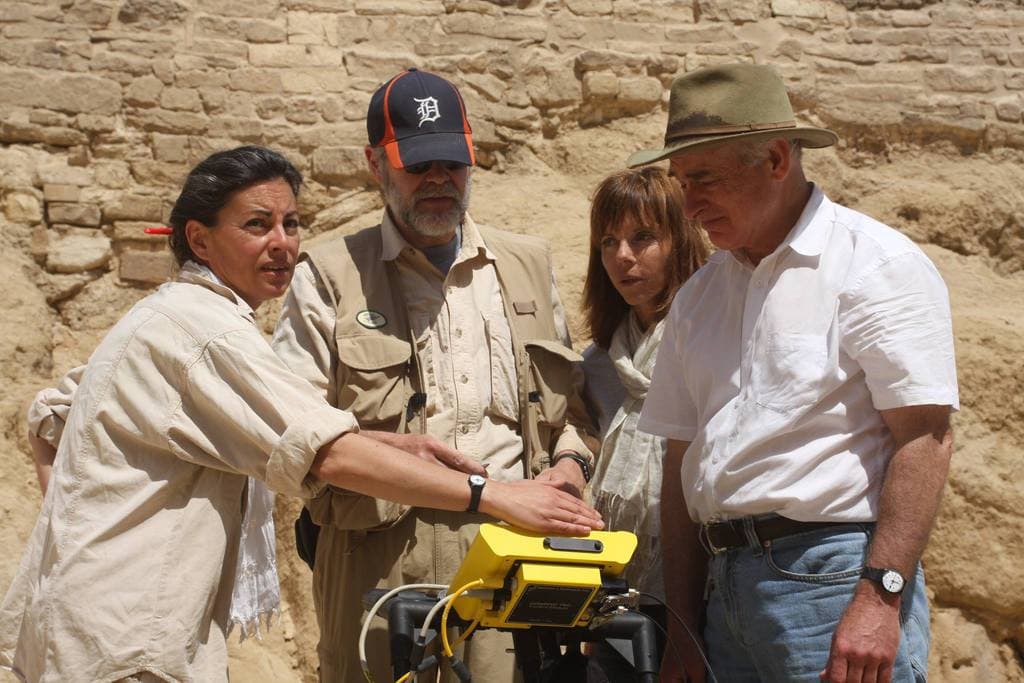
Not Entirely Sure
Dash admits that it’s impossible to guarantee that the Egyptians actually used this equinoctial method. However, he does believe that it is highly likely. “No engineering documents or architectural plans have been found that give technical explanations demonstrating how the ancient Egyptians aligned any of their temples or pyramids,” he said. As of today, Dash’s theory is the most thorough and convincing as to how the Egyptians constructed such an accurate diagonal. However, he still respects all the other theories that have been previously presented.
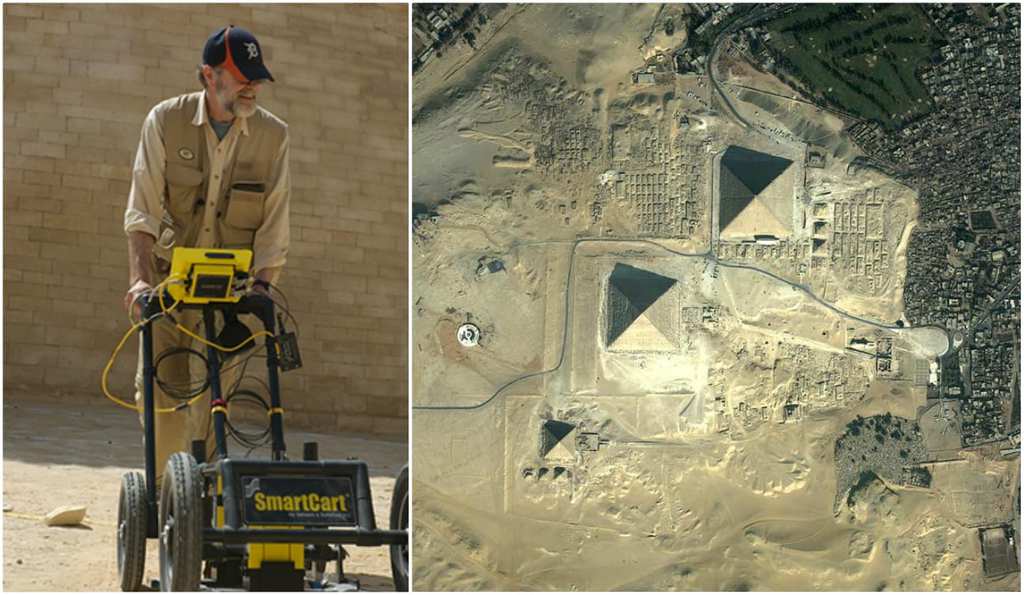
Beauty In The Simplicity
With all due respect to the other theories, Glen believes that his is the best. This is mainly due to its simplicity “It produces results that match the actual alignments of the largest pyramids of the pyramid age in magnitude and direction,” he said. “It is hard to imagine a method that could be simpler either conceptually or in practice.” Those are bold words. However, it is hard to argue with a man who has worked on this subject for nearly half a century.
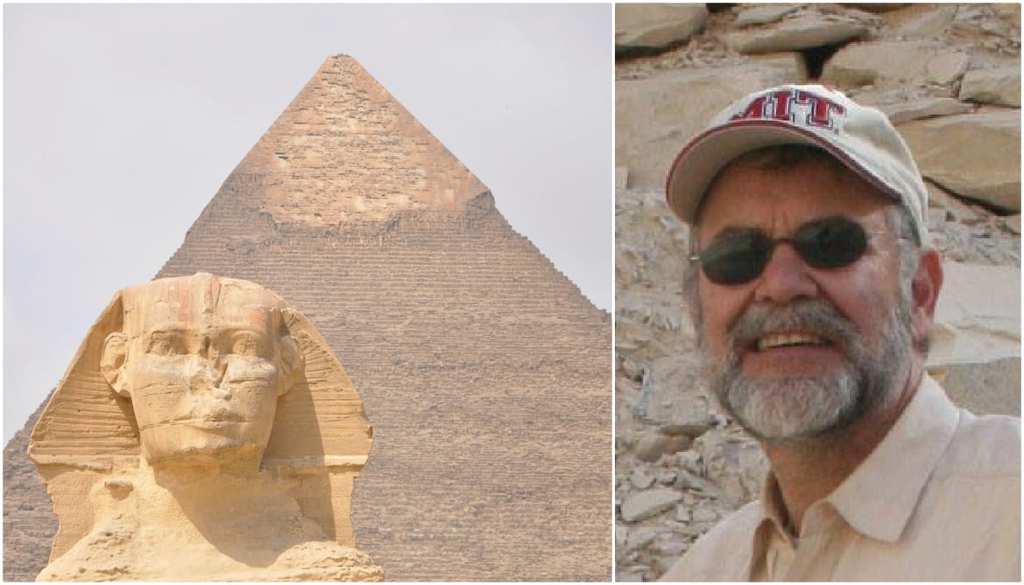
Thinking Outside The Box
One thing is for sure; Dash is aware that his theory might not be true. This is due to the fact that there is literally no physical evidence that the Egyptians left behind. “The Egyptians, unfortunately, left us few clues,” Dash wrote. This meant that he was forced to fill in the gaps with a variety of potential ideas. One of those was the Indian Circle Method. Dash’s theory was the result of thinking outside the box and leaving no stone unturned.
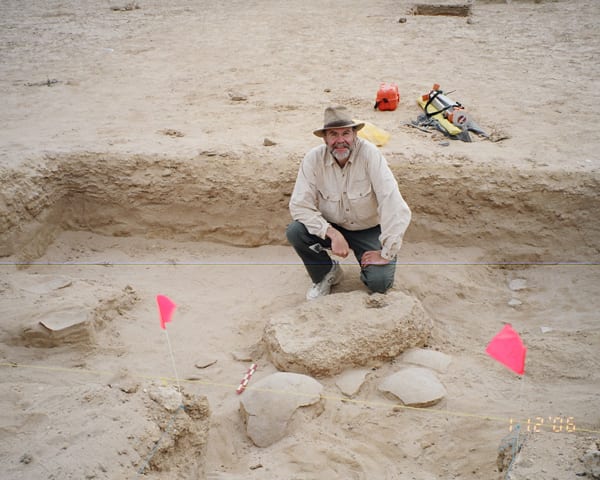
Best Theory, For Now
Although Glen Dash’s theory isn’t clear evidence of how the Egyptians constructed the perfect alignment of the Pyramids, it is a fascinating insight. It is an interesting alternative that is simple, practical and very possible. The idea of using shadow lines during the autumn equinox is a fresh spin on the construction of one of the most iconic structural complexes in human history. There is bound to be new developments in the foreseeable future. Until then, Glen Dash wins.
